A French Failure and Other Major Engineering Blunders
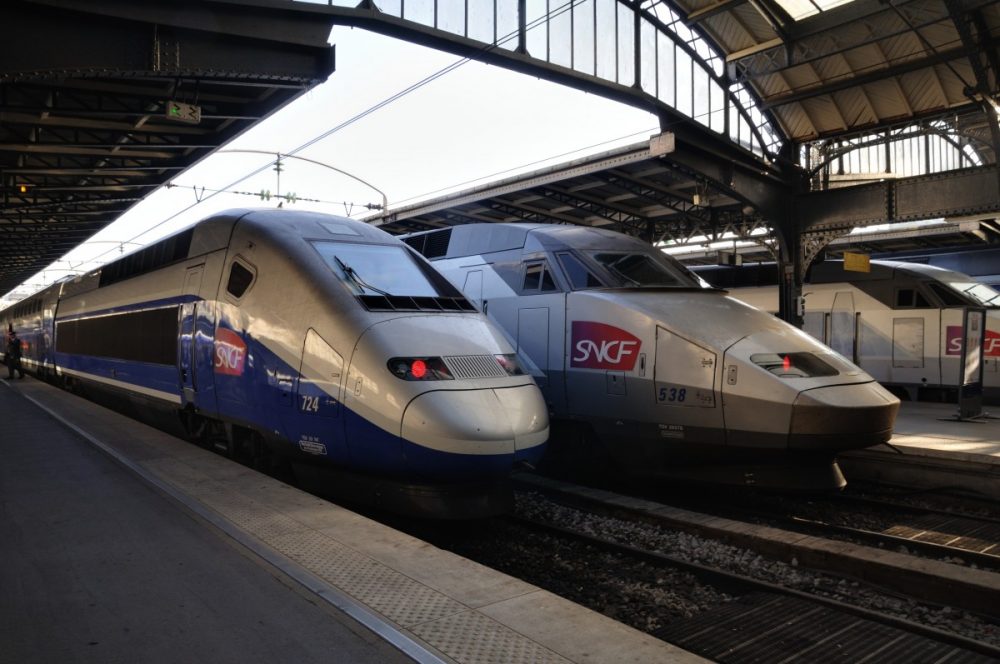
The French have given the world a lot of things; photography, parachutes, modern philosophy and fashion snoot-ism. But something they are not known for is their heavy work ethics. The country recently passed a regulation which allows workers to ignore work emails after work hours – even though their work week only consists of 35 hours. No wonder they are good at philosophy, they have a ton of time to sit around and think.
This gives us an idea about their work culture, which may or may not be responsible for the recent French railway blunder. Which, incidentally, is the inspiration for this article.
France recently invested 20 billion dollars on 2000 new trains called TERs (trains express regionaux), which they later found to be too wide to fit in their older platforms. Almost 1 in 6 stations are affected. You can blame the Indian Railways for a lot of things, but they have never shown this level of inefficiency. Now the French rail operators have had to invest an additional 70 million dollars to narrow the affected platforms. The problem occurred when the train manufacturers were handed measurements of stations built in the last 30 years. The platforms older than 30 years were ignored that lead to a situation where two of these new trains can’t even pass on parallel tracks.
This of course is not one of the major engineering blunders, lets look at some other past examples of institutional failures:
1. Tacoma Washington Bridge Disaster:
The Tacoma Narrows Bridge is a pair of mile-long (1600 meter) suspension bridges with main spans of 850m. The first bridge, nicknamed Galloping Gertie, was opened to traffic on July 1, 1940. The bridge became famous four months later after a dramatic wind-induced structural collapse that was caught on film. The only fatality was a poor black Cocker Spaniel. The first replacement bridge opened in 1950, and a parallel bridge opened in 2007.
2. St. Francis Dam Flooding:
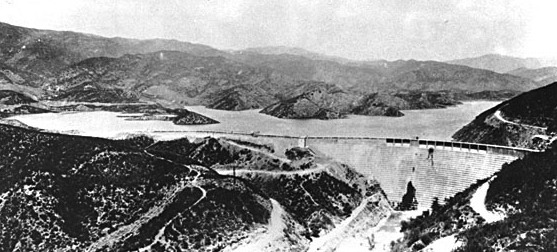 William Mulholland was a self taught architect whose career came to a crashing halt on March 12, 1928, when his St. Francis Dam failed just hours after being inspected by Mulholland himself. The dam sent 12.5 billion gallons (47,000,000 m³) of water flooding into the Santa Clarita Valley, north of Los Angeles. It laid the town of Santa Paula under 6 meters of mud and debris. Some parts of Ventura County were covered up to 21 m high pile of muck. The final death count has been estimated at 450, including 42 school children.
William Mulholland was a self taught architect whose career came to a crashing halt on March 12, 1928, when his St. Francis Dam failed just hours after being inspected by Mulholland himself. The dam sent 12.5 billion gallons (47,000,000 m³) of water flooding into the Santa Clarita Valley, north of Los Angeles. It laid the town of Santa Paula under 6 meters of mud and debris. Some parts of Ventura County were covered up to 21 m high pile of muck. The final death count has been estimated at 450, including 42 school children.
3. The Vasa:
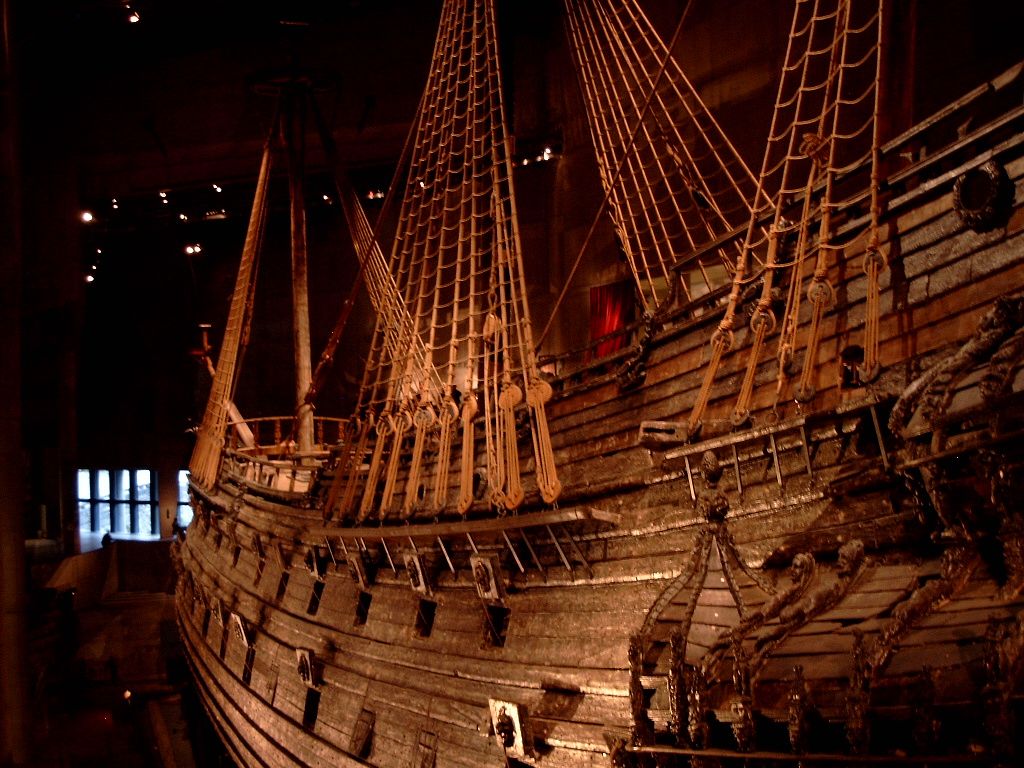 A long time before the Titanic there was The Vasa. It was the biggest ship of its era and it sunk after travelling just 120 meters from the shore. The reason cited was that it was built top-heavy and had low gun doors which let the water in, capsizing the vessel just a few minutes after first setting sail on her maiden voyage on August, 10th, 1628. Surprisingly, even after clearly lacking stability at the port, she was allowed to set sail. Apparently the impatience from King Gustavus Adolphus, was seen as a major reason for the disaster. The death toll reached between 35-50 sailors and crew but no sentences were handed out.
A long time before the Titanic there was The Vasa. It was the biggest ship of its era and it sunk after travelling just 120 meters from the shore. The reason cited was that it was built top-heavy and had low gun doors which let the water in, capsizing the vessel just a few minutes after first setting sail on her maiden voyage on August, 10th, 1628. Surprisingly, even after clearly lacking stability at the port, she was allowed to set sail. Apparently the impatience from King Gustavus Adolphus, was seen as a major reason for the disaster. The death toll reached between 35-50 sailors and crew but no sentences were handed out.
4. Skylab:
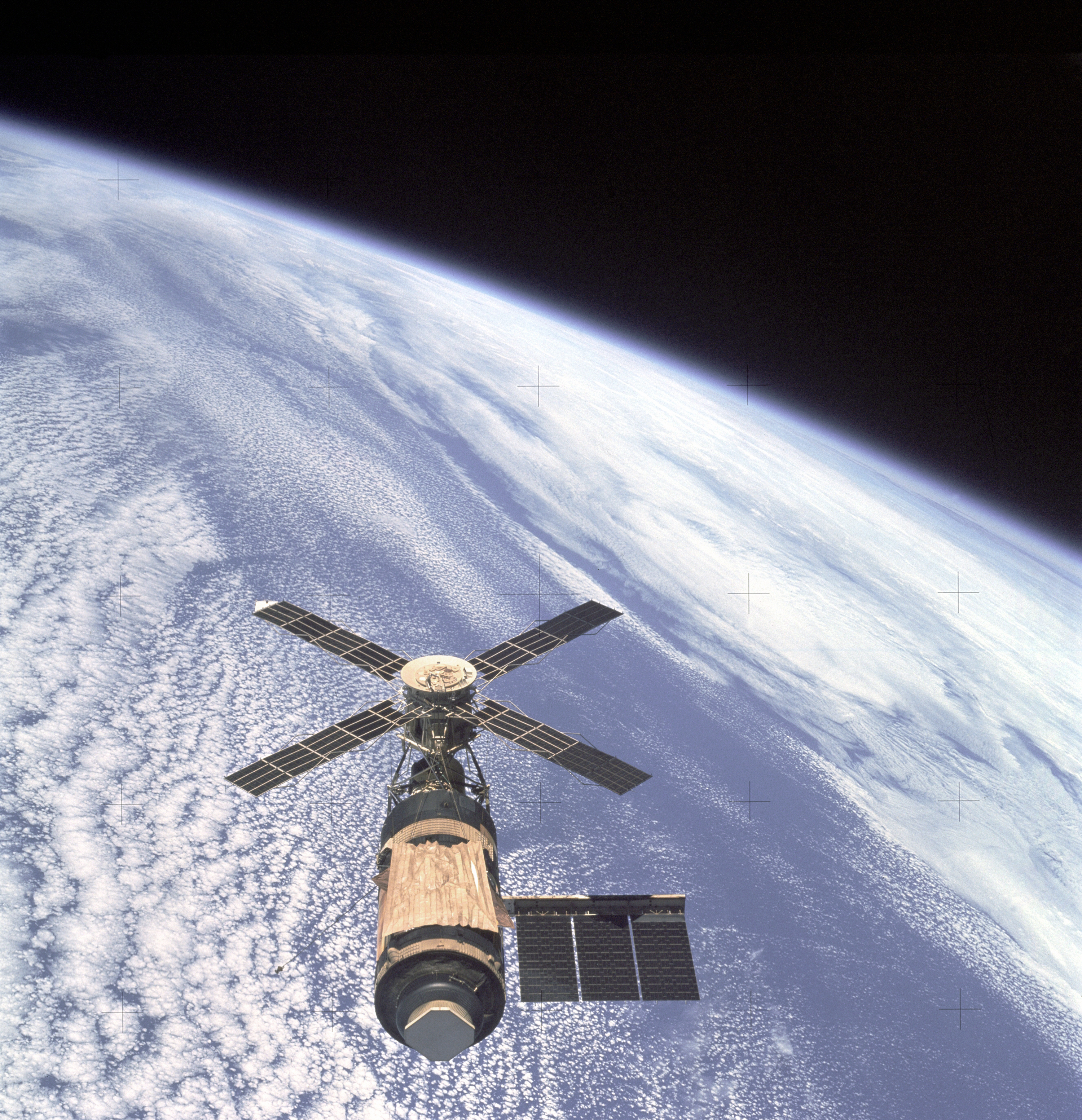 During the peak of the cold war, America launched its first space station called the Skylab. Weighing 75 Metric tons, Skylab was launched on 14 May 1973 by a Saturn rocket into a 435 km orbit. The launch is sometimes referred to as Skylab 1. There was severe damage to the vehicle during launch. The station lost its micrometeoroid shield, sun shade and one of its main solar panels. Even the debris from the lost micrometeoroid shield prevented the deployment of all solar panels and left the station with a huge power deficit. The first american space station failed miserably and cost the tax payers about $3.6 Billion dollars. There were of course a lot of lessons learned from this disaster which were later corrected on the ISS.
During the peak of the cold war, America launched its first space station called the Skylab. Weighing 75 Metric tons, Skylab was launched on 14 May 1973 by a Saturn rocket into a 435 km orbit. The launch is sometimes referred to as Skylab 1. There was severe damage to the vehicle during launch. The station lost its micrometeoroid shield, sun shade and one of its main solar panels. Even the debris from the lost micrometeoroid shield prevented the deployment of all solar panels and left the station with a huge power deficit. The first american space station failed miserably and cost the tax payers about $3.6 Billion dollars. There were of course a lot of lessons learned from this disaster which were later corrected on the ISS.
5. The Leaning tower of Pisa:
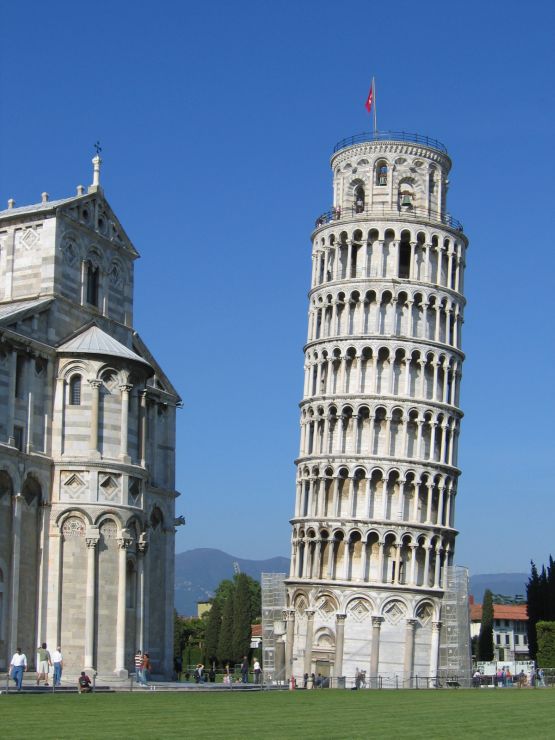 This is without a doubt one of the most prominent engineering failures, probably the most photographed blunder too. This bell tower’s tilt began during its construction itself. It was caused by an inadequate foundation on a ground that was too soft on one side to properly support the tower’s weight. The tilt increased gradually in the following decades till the structure was stabilized (and the tilt partially corrected) by efforts in the late 20th and early 21st centuries.
This is without a doubt one of the most prominent engineering failures, probably the most photographed blunder too. This bell tower’s tilt began during its construction itself. It was caused by an inadequate foundation on a ground that was too soft on one side to properly support the tower’s weight. The tilt increased gradually in the following decades till the structure was stabilized (and the tilt partially corrected) by efforts in the late 20th and early 21st centuries.























